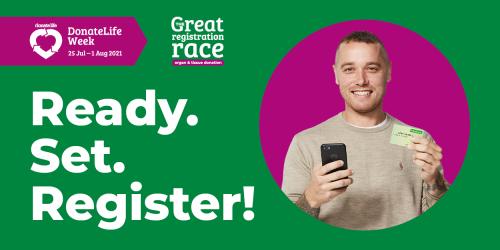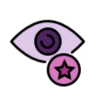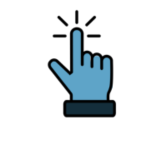
The challenge

There are around 1,800 Australians currently waiting for an organ or tissue transplant. Approximately 80 per cent of Australians say they would like to be organ donors, however, only 1 in 3 are registered on the Australian Organ Donor Register (AODR). This highlights what is known as an intention-action gap – the gap between what we wish to do, and what we actually do.
This gap between intentions and action may be even wider for 16-25 year olds, with fewer than 1 in 10 of this age group registered.
How we helped
The OTA wanted to know more about how young adults view organ and tissue donation, in part to help inform their annual DonateLife campaign which is held between Sunday 25 July to Sunday 1 August 2021. Here’s what we did:

1. Conducted desktop research on the current evidence for raising organ donation registration and developed messages that could be used to encourage people to register.

2. Ran focus groups with young adults, to learn about their views on organ donation generally, and to gather feedback on our proposed messages. We tested 19 messages across 4 focus groups.

3. We conducted a short survey and an online experiment to understand the preferences of young people and which messages were likely to lead to behaviour change.
What we found

There is an intention-action gap
Our focus group, survey and experimental findings suggest many young adults want to donate but ‘just haven’t gotten around to it’. This demonstrates an intention-action gap in this age group.
Attract attention

Grabbing the attention of young adults on social media is the first step. Messages which used humor or made it personal were most popular in our research.

Highlight the ease
The most effective message in the experiment was the message emphasising the ease of the process (‘Registering is easy and only takes 1 minute’). This message was more effective in driving registration than a previous campaign message (‘Let’s talk organ and tissue donation’).
What next

BETA will publish a full report soon so keep a lookout. In the meantime, go to donatelife.gov.au this DonateLife Week – registering is easy and only takes 1 minute!

